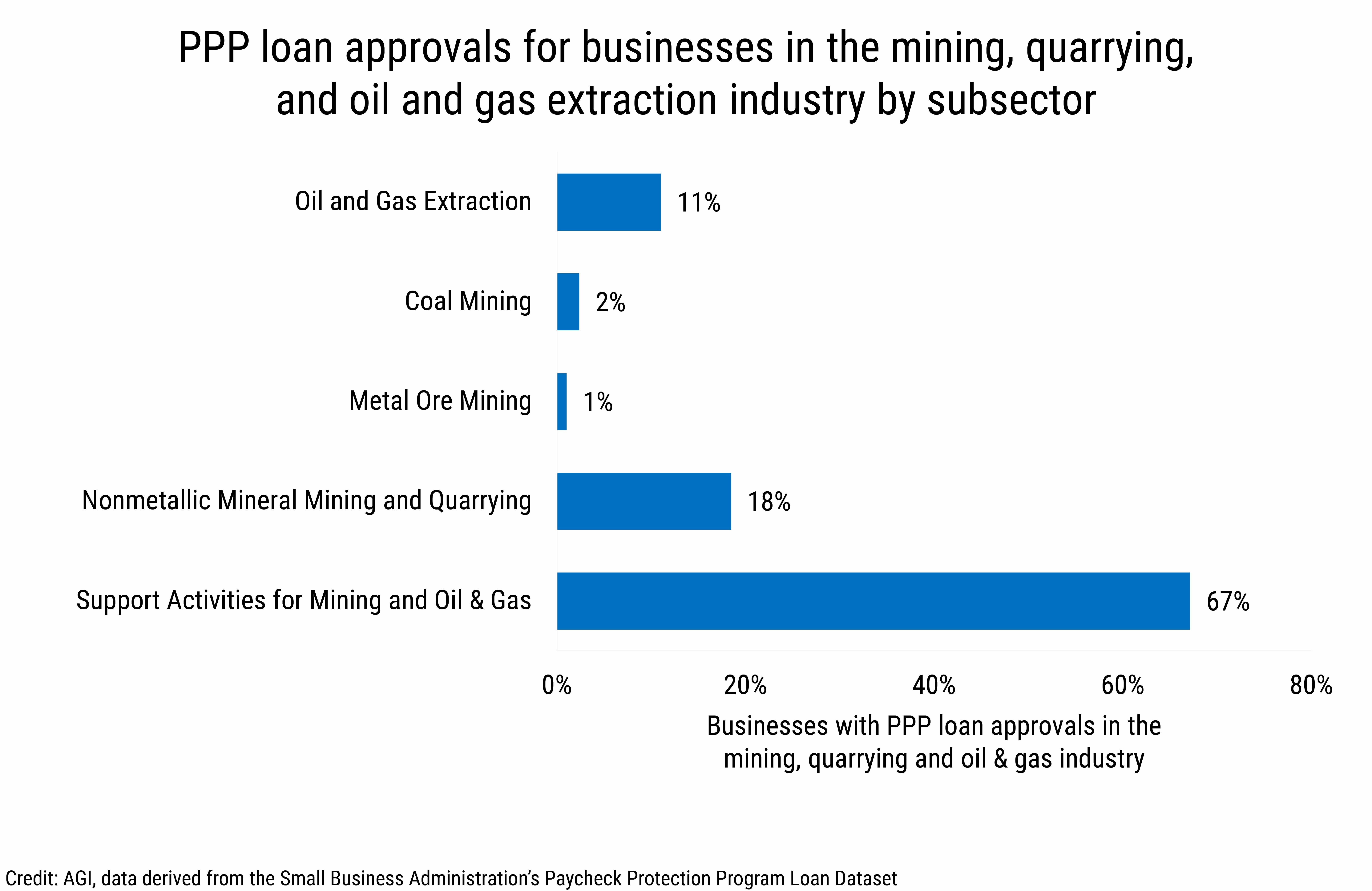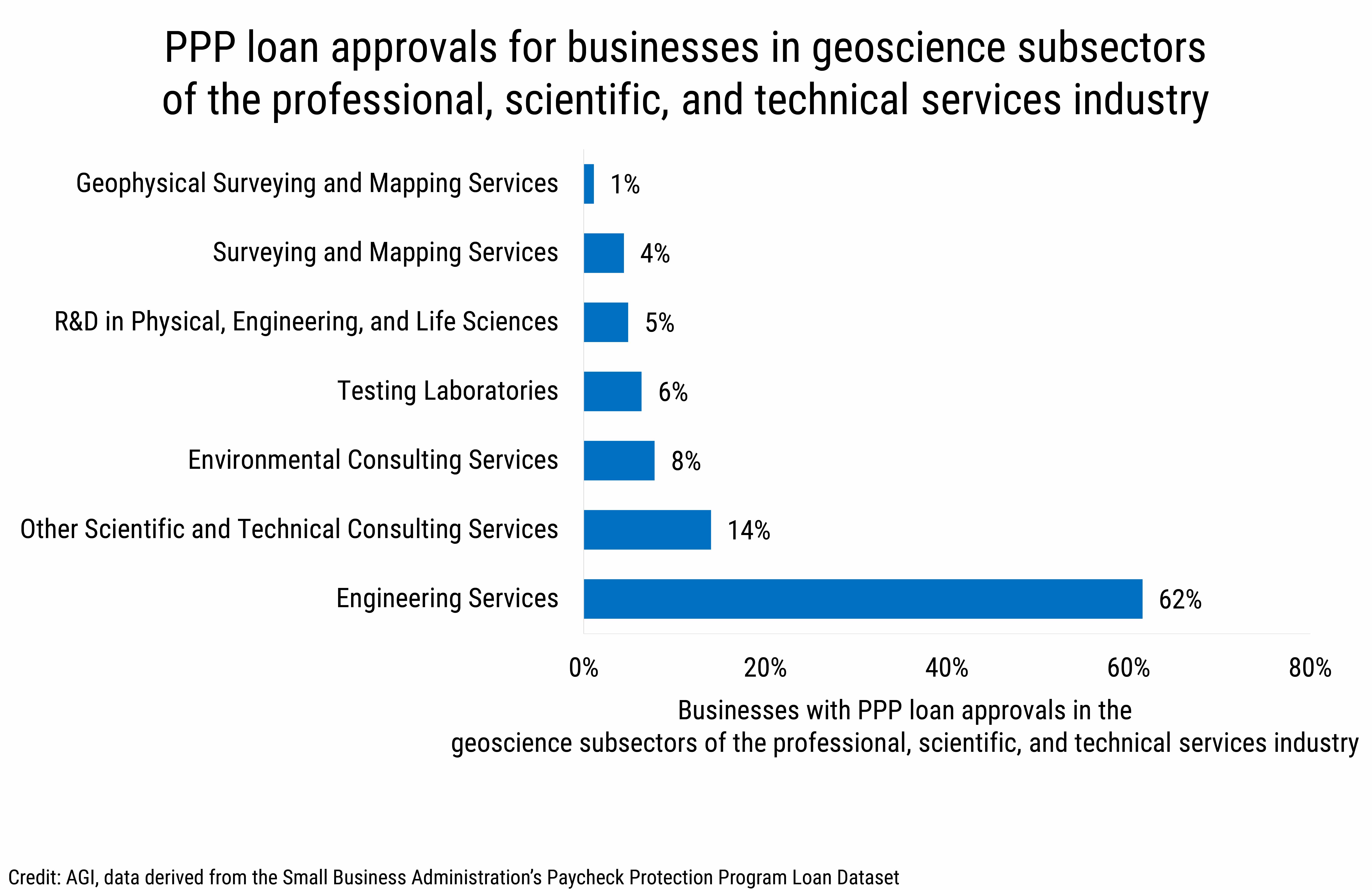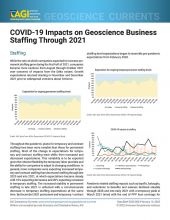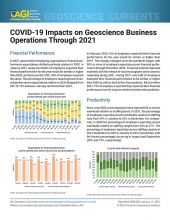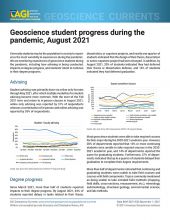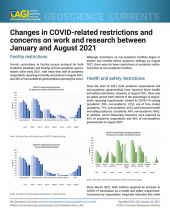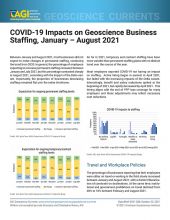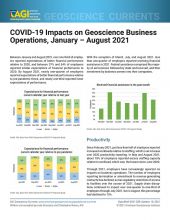The Paycheck Protection Program (PPP) was established to provide small businesses, eligible nonprofit organizations, veterans organizations, tribal businesses, and eligible self-employed or independent contractors with financial assistance to cover business operational expenses such as payroll, rent, utilities, and interest on mortgages.
As of July 2020, 13% of PPP loan approvals for businesses were for loans greater than $150,000 and comprised 72% of total PPP funding. Loan approval data indicates that 654,435 businesses were approved for PPP loans of over $150,000, and that these businesses were able to retain 31.2 million jobs. The number of jobs retained is a low estimate since approximately 6% of businesses in the loan dataset do not specify the number of jobs retained with the corresponding loan approval data.
Data from the U.S. Census Bureau’s Small Business Pulse Survey showed the importance of PPP loans in helping businesses weather the economic impacts of the COVID-19 pandemic. Within the industry sectors where geoscientists most commonly work, 76% of small businesses in the mining, quarrying, and oil and gas extraction industry sector, and 69% of small businesses in the professional, scientific, and technical services industry sector had received financial assistance from the PPP by the end of June. These two industries comprised 14% of businesses receiving PPP loan approvals for over $150,000 as well as 10% of total estimated jobs retained.
Mining, quarrying, and oil and gas extraction
Within the mining, quarrying, and oil and gas extraction industry sector, 5,177 businesses received PPP loan approvals for over $150,000 and the estimated number of jobs retained was 220,420. Of the five primary subsectors within the mining, quarrying, and oil and gas extraction industry, 67% of PPP loan approvals went to businesses in the support activities for mining & oil and gas subsector, primarily to support those businesses involved with oil and gas operations support activities. Eighteen percent of PPP loan approvals within the mining, quarrying, and oil and gas extraction industry went to businesses in the nonmetallic mineral mining and quarrying subsector primarily to support those businesses involved with construction sand and gravel mining. In addition, 11% of PPP loan approvals within the mining, quarrying, and oil and gas extraction industry went to businesses in the oil and gas extraction subsector, primarily to support businesses involved with crude petroleum extraction.
Professional, scientific, and technical services
Within the professional, scientific, and technical services industry, PPP loan approval data for subsectors that are primarily geoscience-oriented can be split from other professional, scientific, and technical service subsectors. Geoscience subsectors accounted for 13,678 businesses with PPP loan approvals over $150,000 and 512,939 jobs retained. This equates to 16% of businesses with PPP loan approvals and
18% of jobs retained within the professional, scientific, and technical services industry. Within the geoscience subsectors, just over 60% of PPP assistance went to businesses within the engineering services subsector.
We will continue to provide current snapshots on the impacts of COVID-19 on the geoscience enterprise throughout the year. For more information, and to participate in the study, please visit: www.americangeosciences.org/workforce/covid19
Funding for this project is provided by the National Science Foundation (Award #2029570). The results and interpretation of the survey are the views of the American Geosciences Institute and not those of the National Science Foundation.


